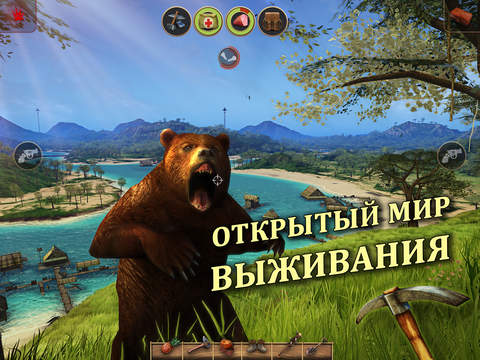

The Formby footprints: Hundreds of ancient animal and human prints - including one with a BUNION - reveal Liverpool was a diverse 'Serengeti' 5,500 years ago
#Radiation island for mac full#
Natural History Museum creates high-tech GARDEN full of sensors to study how changes in temperature.The new iPhone 14 feature that could save your life: Apple's 'Crash Detection' technology that automatically.Pink granite sarcophagus unearthed near Cairo hailed as 'dream discovery': 3,300-year-old coffin belonged to.Tesla shares DROP 8.11% after Elon Musk-led firm misses delivery goal for Q3 by 15,782 electric vehicles.Biotech firm wants to create HUMAN embryos from stem cells and raise them for five weeks in a 'mechanical.Overly Optimus-tic, Elon? Musk unveils new $20K humanoid robot.The carrier is one of an estimated 300 wrecks in the waters off San Francisco, and the deepest known shipwreck in the sanctuary. It is a reminder of the industrial might and skill of the 'greatest generation' that sent not only this ship, but their loved ones to war.' 'This ship fought a long, hard war in the Pacific and after the war was subjected to two atomic blasts that ripped through the ship. 'After 64 years on the seafloor, Independence sits on the bottom as if ready to launch its planes,' said Mr Delgado, chief scientist on the Independence mission and maritime heritage director for NOAA's Office of National Marine Sanctuaries. It was later one of more than 90 vessels assembled as a target fleet for the Bikini Atoll atomic bomb tests in 1946.ĭuring these tests it was damaged by shock waves, heat and radiation, but it survived and was returned to the United States.Īfter being transported back to Pearl Harbor and San Francisco for study, the vessel was later sunk near the Farallon Islands on 26 January 1951 loaded with 55-gallon drums of low-level radioactive waste. It was part of the carrier group that took part in the Battle of Leyte Gulf and was assigned to strike duties against targets in the Philippines and Japan.

USS Independence (CVL 22) operated in the central and western Pacific from November 1943 until August 1945. This survey showed that the Independence is upright, slightly listing to starboard, with much of its flight deck intact, and with holes leading to the hangar decks that once housed the carrier's aircraft. To study the wreckage, the team of scientists and technicians on board the sanctuary vessel R/V Fulmar, used an 18.5-foot-long (5.6 metres) autonomous underwater vehicle (AUV) called Echo Ranger from The Boeing Company. It was found in 2,600 feet (792 metres) underwater off the coast of California's Farallon Islands and is said to be 'amazingly intact,' with its hull and flight deck clearly visible, and what appears to be a plane in the carrier's hangar bay. The USS Independence was rediscovered by a team of researchers led by James Delgado from the Maritime Heritage at the National Oceanic and Atmospheric Administration ( NOAA) in April.


 0 kommentar(er)
0 kommentar(er)
